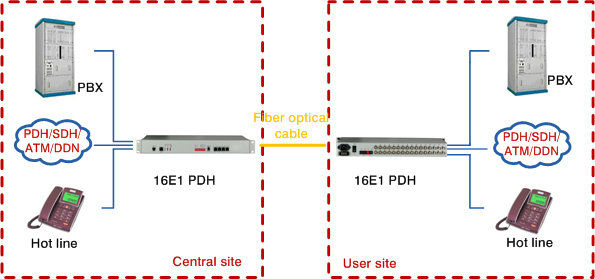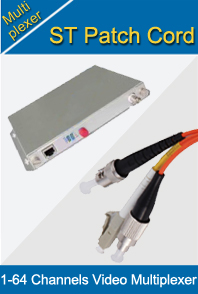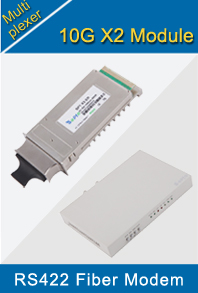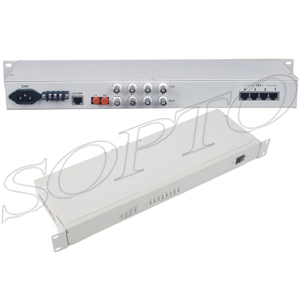-

- Sopto Home
-

- Special Topic
-

- Multiplexer Knowledge
-

- The Difference in TDM and TDMA
Multiplexer Knowledge
- Why is Multiplexing Needed in Data Communication Systems?
- What is Concept of Multiplexing in Telephone System?
- What is Digital TV Frequency?
- Outlook of the WDM Networks
- DWDM Technical Overview
- CWDM Technical Overview
- How to Activate Cable Modems?
- How to Install a Fiber Optic Modem?
- How do I Choose a Best Fiber Modem?
SOPTO Special Topic
Certificate



Guarantee
Except products belongs to Bargain Shop section, all products are warranted by SOPTO only to purchasers for resale or for use in business or original equipment manufacturer, against defects in workmanship or materials under normal use (consumables, normal tear and wear excluded) for one year after date of purchase from SOPTO, unless otherwise stated...
Return Policies
Defective products will be accepted for exchange, at our discretion, within 14 days from receipt. Buyer might be requested to return the defective products to SOPTO for verification or authorized service location, as SOPTO designated, shipping costs prepaid. .....
Applications
Multiplexers can be used to connect PBX, Hot line and other devices of network from central site to user site through fiber optical cable.
SOPTO Products
- Fiber Optic Transceiver Module
- High Speed Cable
- Fiber Optical Cable
- Fiber Optical Patch Cords
- Splitter CWDM DWDM
- PON Solution
- FTTH Box ODF Closure
- PCI-E Network Card
- Network Cables
- Fiber Optical Adapter
- Fiber Optical Attenuator
- Fiber Media Converter
- PDH Multiplexers
- Protocol Converter
- Digital Video Multiplexer
- Fiber Optical Tools
- Compatible
Related Products
Performance Feature
High integration desig
Low power consumption
Good EMC, EMI
Stable and Reliable
Multiplexer Knowledge
Recommended


The Difference in TDM and TDMA
Time Division Multiplexing, or TDM, and Time Division Multiple Access, or TDMA, are forms of networking multiplexing -- a technology used for the analog or digital transmission of data packets. Both types of technologies transmit multiple streams of data from one device to another, but the way in which they perform this differs slightly.
Multiplexing represents the transmission of multiple signals through one device and the subsequent reception of those signals. The key benefit to multiplexing is that it allows more information to be sent in a quicker time period. Note, however, that the receiver can only process the signals one by one. Plus, in analog multiplexing, the information is sent and received at the same time, whereas in digital multiplexing, there is a time period difference as per the large amount of traffic being generated.
In TDM, two more streams of data appear as if they are being transferred as sub-channels via one channel, while the truth is that they actually take turns on the single channel. What is known as the "time domain" is divided into time slots. The first byte of the first signal goes first in one time slot, and then the first byte of the second signal goes second in another time slot. The process continues until all the data has been transmitted.
TDMA is a subset of TDM in which multiple transmitters are connected to a single receiver. It's commonly used in 2G and 3G cellular systems, as well as for high-speed local area networking over home wiring: electrical wiring, phone wiring and coaxial cable wiring. It's difficult to apply to mobile phones, however, because mobile phones often move around randomly with the caller, thus making it difficult for the transmitters to properly time their transmissions.
TDMA offers a bit more flexibility. In TDM, telecommunications multiplexing time slots are dedicated to certain users, meaning other users cannot access them. An example of this includes digital ground telephone networks. With TDMA, time slots are freed after a user logs out of the system, thus allowing other people to access those same time slots. This is the case with the Global System for Mobile Communications, or GSM, network.
Sopto supplies high quality multiplexing products, like Phone Optical Multiplexer, 1+1 PDH Multiplexer and 1-64 Channels Video Multiplexer and so on. For the newest quotes, please contact a Sopto representative by calling 86-755-36946668, or by sending an email to info@sopto.com. For more info, please browse our website.




